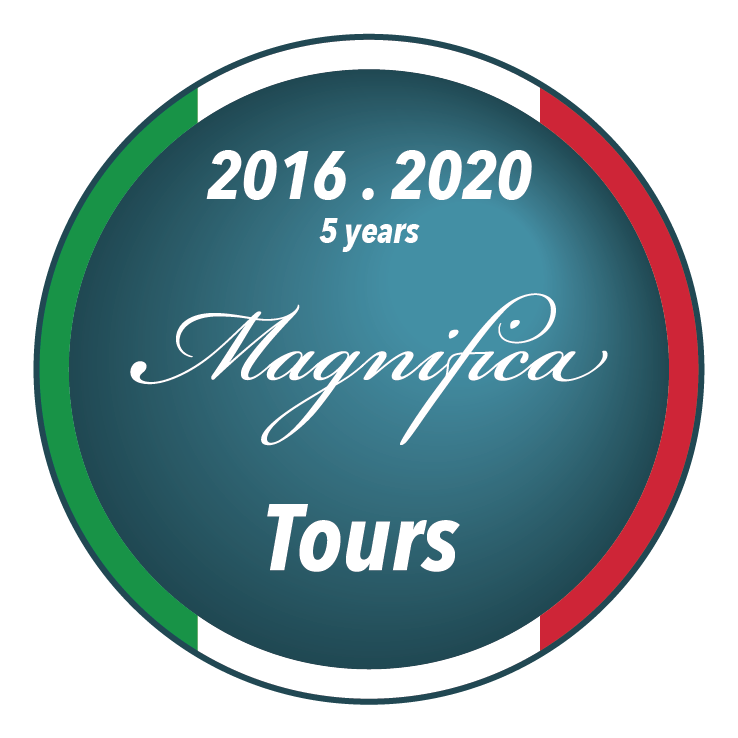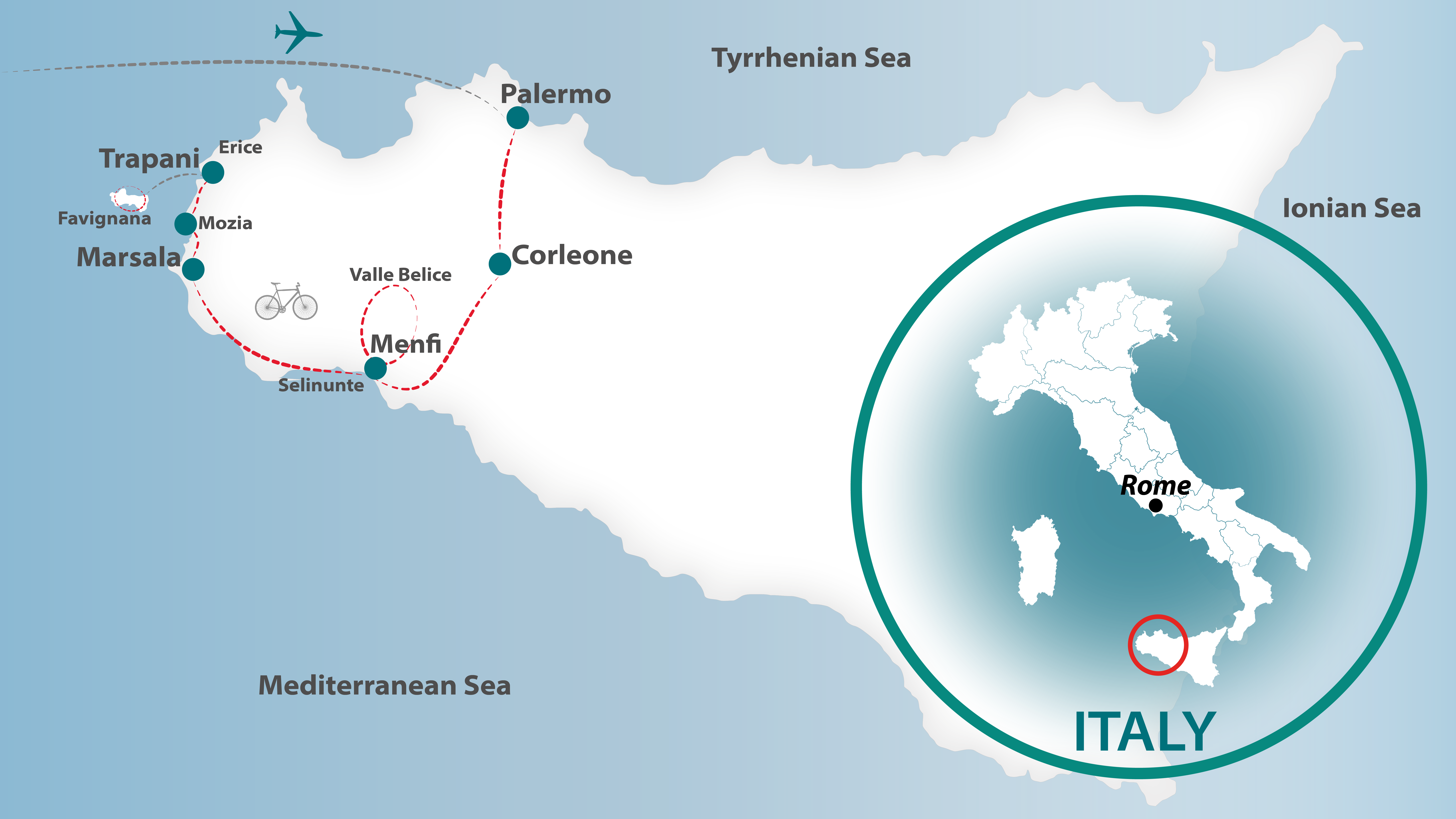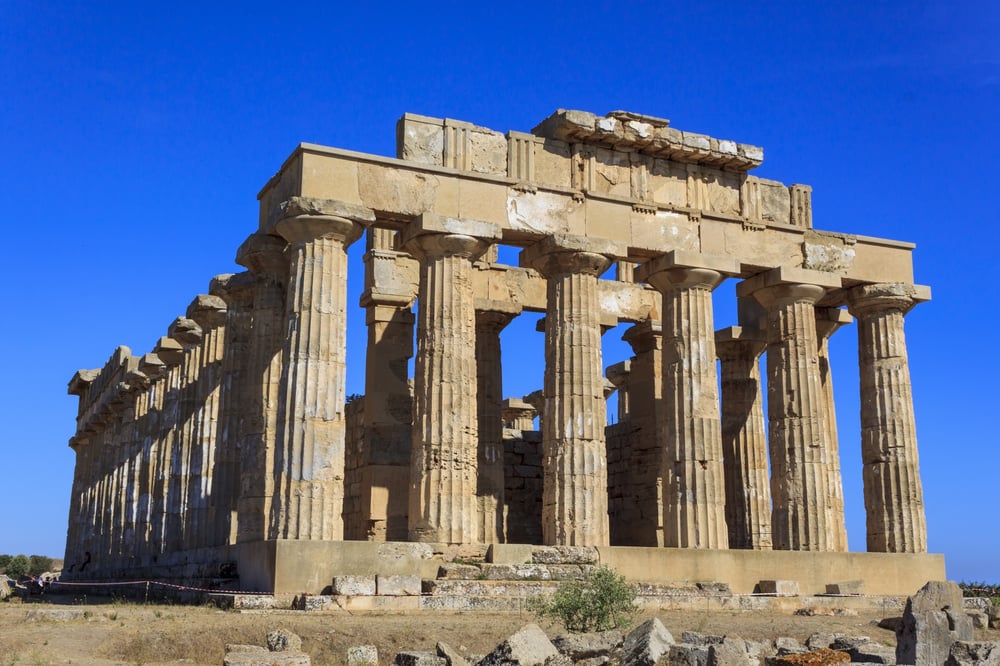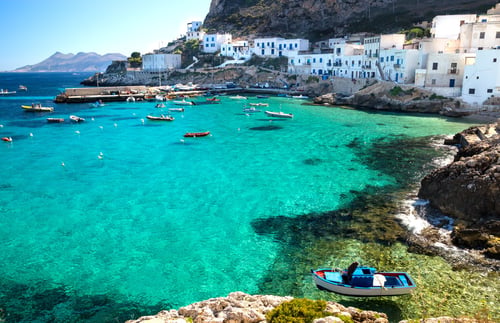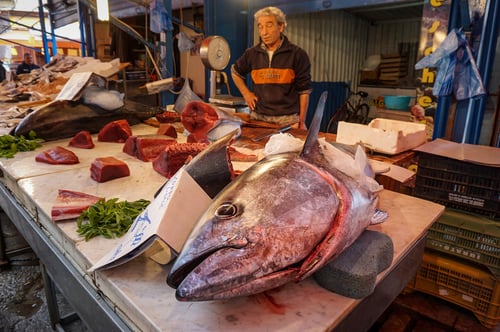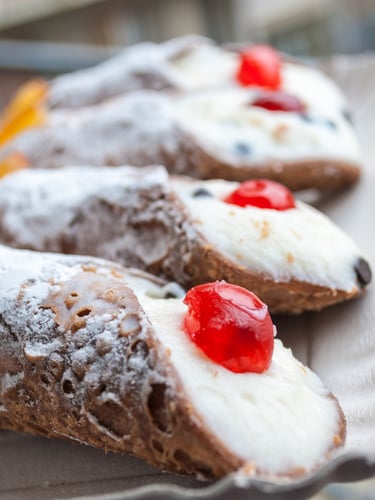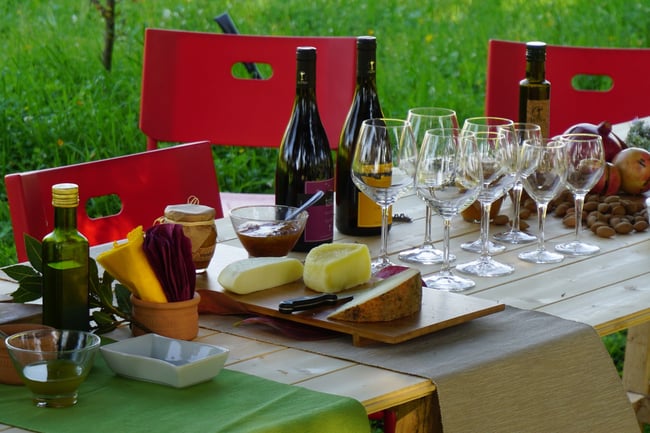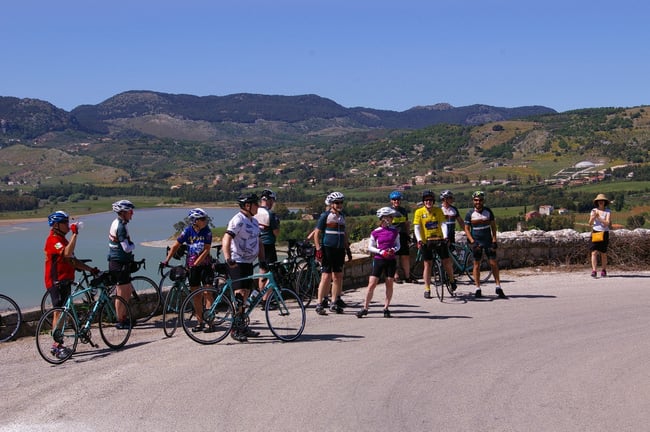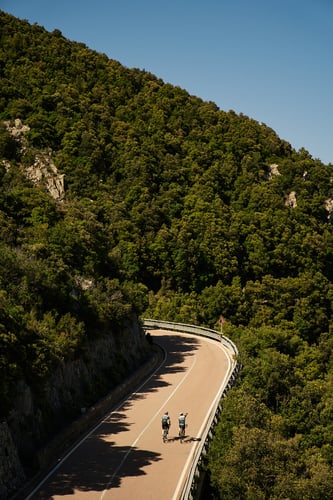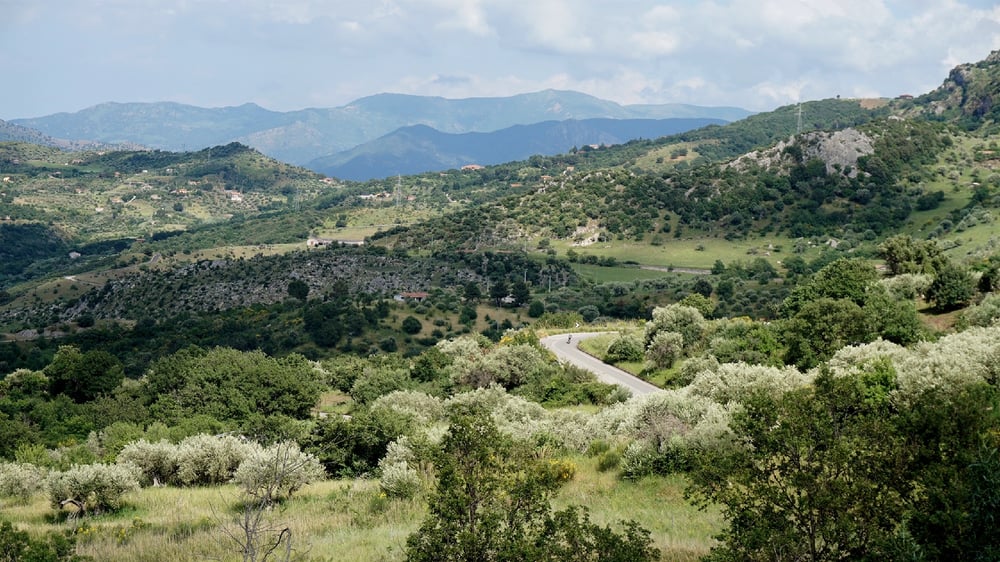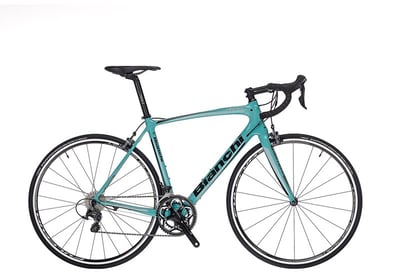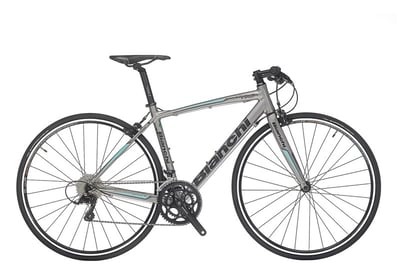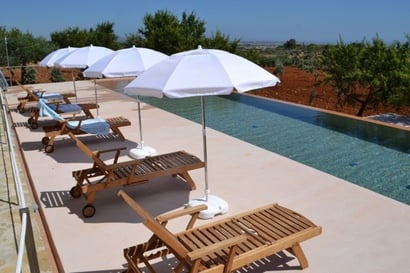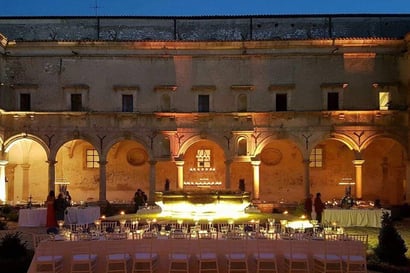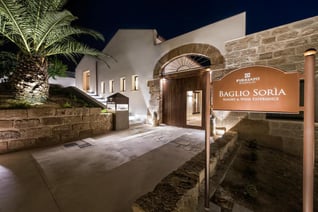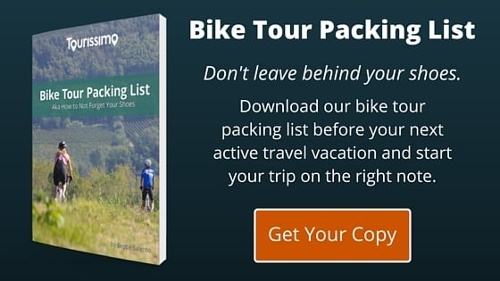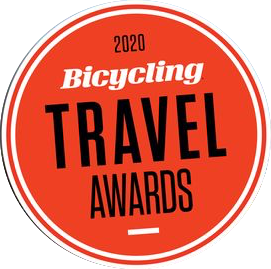Food and Wine
Sicilian cuisine shows traces of all of the cultures which established themselves on the island over the last two millennia. Although its cuisine has a lot in common with mainland Italian cuisine, Sicilian food also has Greek, Spanish, French and Arab influences. The use of apricots, sugar, citrus, sweet melons, rice, saffron, raisins, nutmeg, clove, pepper, pine nuts, cinnamon (along with fried preparations) is a sign of Arab influences from the Arab domination of Sicily in the 10th and 11th centuries. Normans influences are also found, such as in the fondness for meat dishes. Later, the Spanish introduced numerous items from the New World, including cocoa, corn, peppers, and tomatoes. In Catania, on the east coast, initially settled by Greek colonists, fish, olives, broad beans, pistachio and fresh vegetables are preferred instead. Much of the island's cuisine encourages the use of fresh vegetables such as eggplant, peppers, and tomatoes, and fish such as tuna, cuttlefish, and swordfish. In Trapani, in the extreme western corner of the island, North African influences are clear in the use of couscous. Sicily is a wine-lover's paradise, such is the variety, complexity and abundance of Bacchus' unique gift! There are 23 DOC zones in Sicily: Alcamo,Contea di Sclafani, Contessa Entellina, Delia Nivolelli, Eloro, Erice, Etna, Faro, Malvasia delle Lipari, Mamertino di Milazzo, Marsala, Menfi, Monreale, Moscato di Noto, Moscato di Pantelleria, Passito di Pantelleria, Moscato di Siracusa, Riesi, Salaparuta, Sambuca di Sicilia, Santa Margherita di Belice, Sciacca and Vittoria. Many grape types are grown, used either in purezza (single grape variety wines), or blended. Some have been around for centuries while others are more recent imports. The following are some of the main varieties: red grapes - Nero D’Avola, Nerello Mascalese, Nerello Mantellato, Perricone, Frappato, Calabrese and the more recently introduced Merlot, Cabernet Sauvignon, Cabernet Franc and Shiraz (Syrah); white grapes - Cataratto, Grecanico, Grillo, Inzolia, Zibibbo, Damaschino, Trebbiano, Ausonica, Moscato Bianco, Carricante, Corinto Nero and the more recently introduced Chardonnay, Viognier and Fiano. Sicily has the most Slow Food Presidia (local projects) of all of the Italian regions. That means that the island has lots to offer in terms of gastronomical discoveries ranging from greens and vegetables to cheese and artisanal bread. Among a few that we will experience are Trapani Sea Salt, The Menfi Artichoke and the Belice Vastedda that is Italy’s only stretched-curd sheep’s milk cheese.

